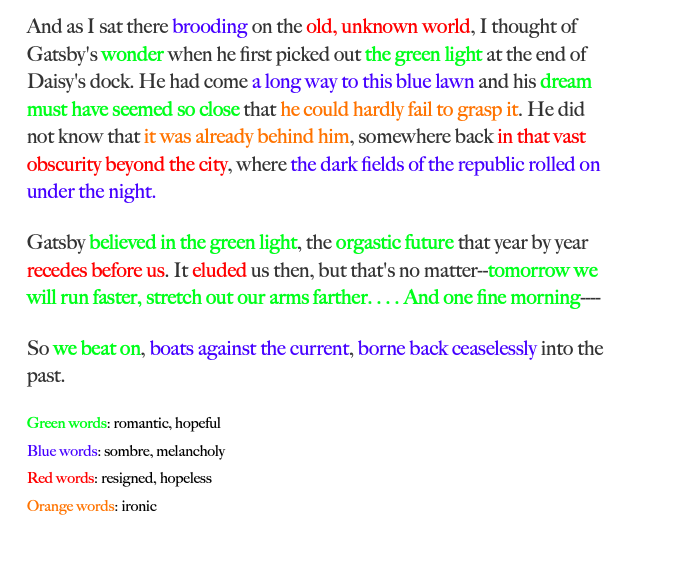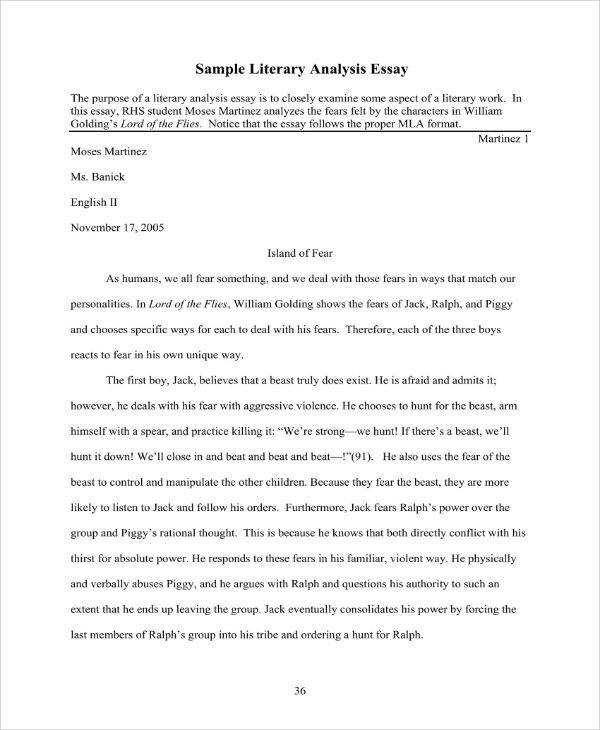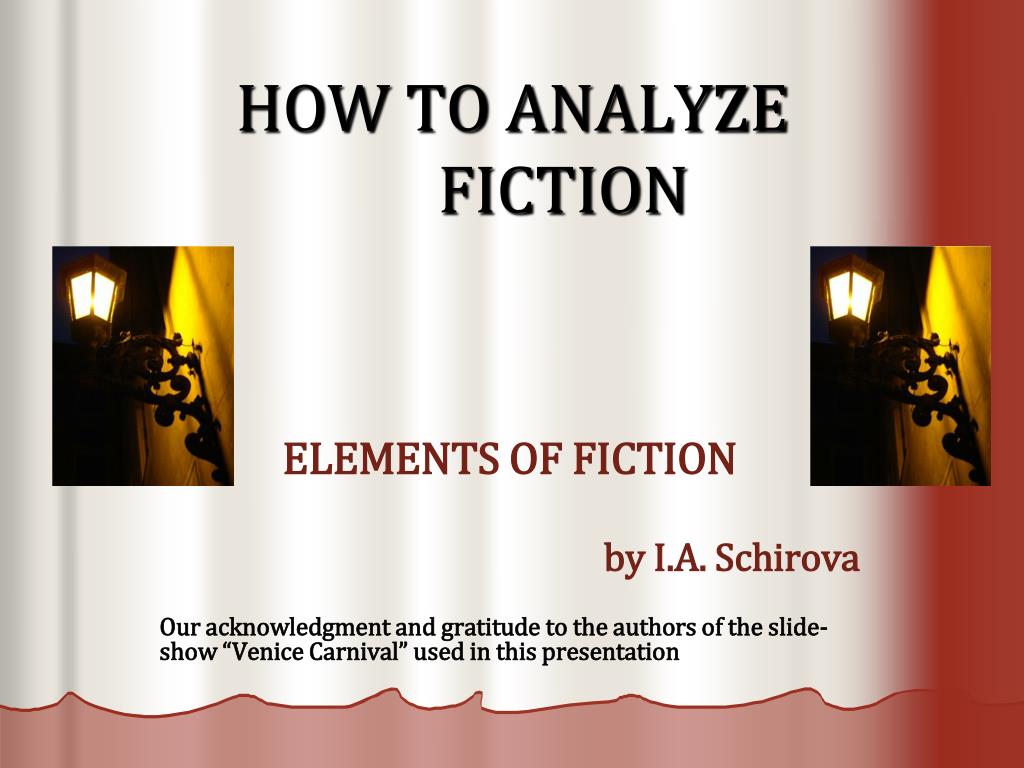
Fictional Text Analysis 2 in Sketchnotes (Language & Themes) YouTube
Ein Fictional Text ("Fiktionaler Text") ist eine Textsorte, die der Fantasie eines Autors/einer Autorin entspringt. Das heißt, es handelt sich um eine ausgedachte Geschichte, die nicht nur auf Fakten basiert. Fictional Texts können zum Beispiel Romane, Gedichte, Lieder, Fabeln oder Kurzgeschichten sein. Inhalt von Fachexperten überprüft

(PDF) Pragmatic analysis of a fictional text Cecilia Saleme Academia.edu
Language Purpose Structure Breaking a Text into its Parts for Analysis [1] Analytical Reading Process Reading a text for the purpose of analysis usually requires you to read that text more than once. Upon a first reading, take note of characteristics to investigate further. Do you agree or disagree with certain ideas?

10 Important Literary Devices in Prose Examples & Analysis
Close reading is deep analysis of how a literary text works; it is both a reading process and something you include in a literary analysis paper, though in a refined form. Fiction writers and poets build texts out of many central components, including subject, form, and specific word choices. Literary analysis involves examining these.

This exercise provides two examples of characters to help students analyze characters in fiction
Analyzing fiction is an essential skill that allows readers to dive deeper into literature and better understand a story's elements, such as characters, plot, themes, and narrative devices. Whether readers study a novel or a short story, thoroughly examining these components can lead to a richer appreciation of the author's work.

How to analyse fiction GCSE English Language BBC Teach YouTube
Elements of Literature. Before you dive straight into your analysis of symbolism, diction, imagery, or any other rhetorical device, you need to have a grasp of the basic elements of what you're reading. When we read critically or analytically, we might disregard character, plot, setting, and theme as surface elements of a text.

Fiction Text Structure Chart {FREE} This Reading Mama Text structure, Fiction text, Reading
Pragmatics gives us the tools to scrutinize language in context and to explain why communication may succeed, backfire or collapse all together. 2. Corpus and theoretical framework The text chosen for analysis is a very short piece of fiction by William Carlos Williams entitled "Verbal Transcription - 6 a.m.".

7+ Literary Analysis Templates PDF, Word
Englisch - Analyse the atmosphere of a fictional text Struktur einer solchen Analyse wird hier näher erläutert BASIC TYPES OF FICTIONAL TEXTS 1. narrative text (novel, short story, fable) 2. dramatic text (drama, play, script) 3. poetry/lyrics (poem, song) Analysis of a fictional text 1.

Teaching Realistic Fiction with Reading Activities for Kids Enjoy Teaching with Brenda Kovich
ANALYSIS OF FICTIONAL TEXTS The 3 basic types of fictional texts - The analysis of the general meaning and basic elements - write a summary (about 150-200 words → task 1) - first general evaluation of meaning and message (→ partly task 1) -identify structural and narrative/stylistic devices →analysis of effect CHARACTERIZATION • personal data ob.

Fictional Text Analysis 1 in Sketchnotes (Preparation & Narration) YouTube
A video about how to carry out analysis on fiction texts Video Transcript What is analysis? Analysis allows us to see the smaller parts of something and understand more about them. Think.

Story Elements of Fiction Posters and Anchor Charts Writing lessons, Teaching writing, Essay
Analyzing fiction texts can seem more straightforward than nonfiction texts since fiction is "made-up," but that's not the case. Instead, your focus when analyzing fiction pieces deals more with identifying the plot or what happens in the story, the characters, setting, themes, and other literary elements like symbolism or figurative.

Auch im PAKET erhältlich mit mehr Material für den Englischunterricht in der OberstufeFictional
Responding to a fiction text - Edexcel How to analyse a fiction extract. When responding to a fiction text you will be asked to focus on a particular area, picking out specific details or.

Analyzing a Text ESL Reading Poster, English Language Anchor Chart ESL Supplies LLC
How to Analyse a Fictional Text 1. What is a fictional text? Fictional texts differ from non-fictional ones in that they were not primarily intended to convey information. Novels, short stories, plays, and poems were written for artistic purposes in order to appeal to the interested reader ́s imagination. 2.

Story Plot And Fiction Summary Anchor Chart By Sassy In 6th 48F
An analysis of a fictional text requires basic knowledge of literary elements. The following guide and questions may help you: Setting Setting is a description of where and when the story takes place. Ask yourself the following questions: • How is the setting created? Consider geography, weather, time of day, social conditions, etc.

PPT HOW TO ANALYZE FICTION PowerPoint Presentation, free download ID4823342
This chapter will introduce you to different models and overviews which can be used when analysing fiction and non-fiction texts as well as different types of media. You will be given a short introduction to the different models, examples of the use of different analytical elements and guides for analysis.

Fictional & NonFictional Text Analysis Sketchnotes Unterrichtsmaterial in den Fächern
Closely annotating texts is an extremely effective habit to maintain while analysing fiction. Annotating is basically, adding extra notes to a text in order to enhance its meaning and understanding. All you have to do is pick up a highlighter or pencil and get underlining, circling and boxing important bits of information.

Understanding The Plot Diagram Guide to Write My Story
Analyzing fiction involves asking yourself a series of questions and possibly reviewing the material for content. Although most of the work with analyzing fiction is done through thought, notes are important if you plan to discuss or use the information. 2 Track the main events. Get a grip on the plot of the story to understand what happens. [1]